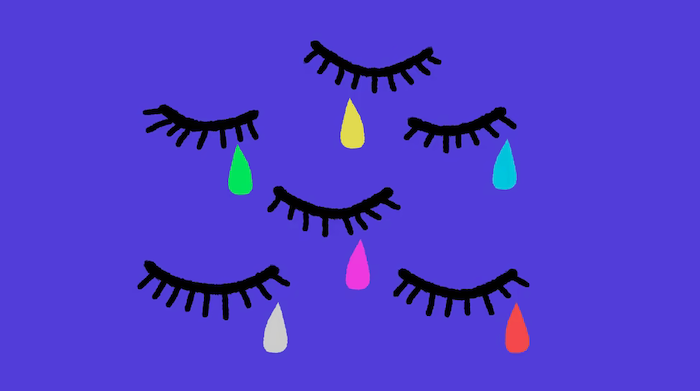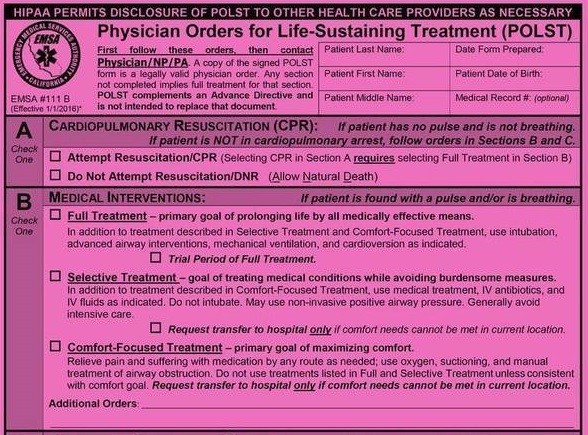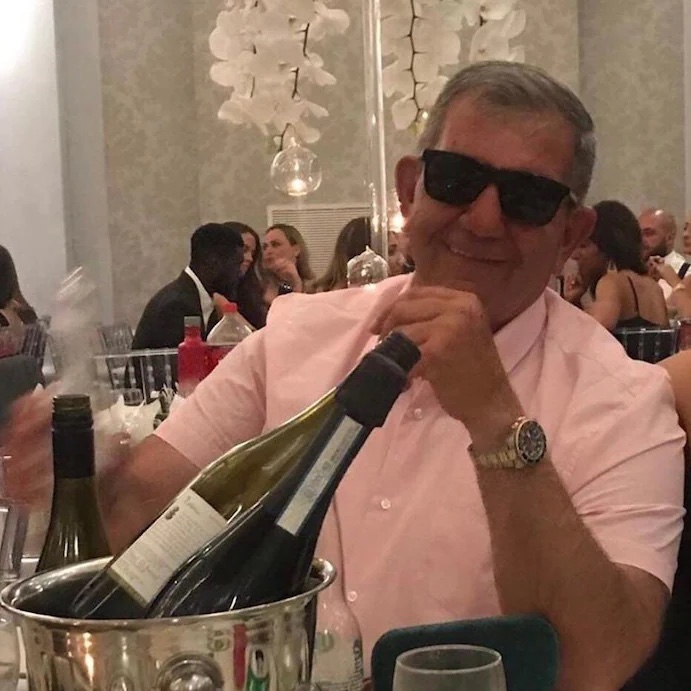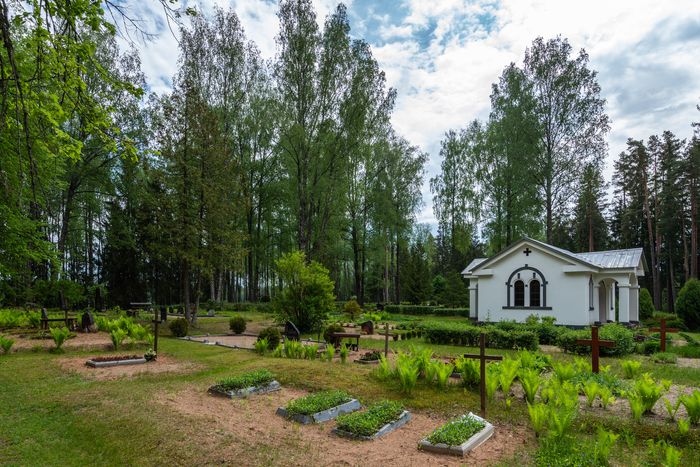
by Berly McCoy
Holidays are never quite the same after someone we love dies. Even small aspects of a birthday or a Christmas celebration — an empty seat at the dinner table, one less gift to buy or make — can serve as jarring reminders of how our lives have been forever changed. Although these realizations are hard to face, clinical psychologist Mary-Frances O’Connor says we shouldn’t avoid them or try to hide our feelings.
“Grief is a universal experience,” she notes, “and when we can connect, it is better.”
O’Connor, an associate professor of psychology at the University of Arizona, studies what happens in our brains when we experience grief. She says grieving is a form of learning — one that teaches us how to be in the world without someone we love in it. “The background is running all the time for people who are grieving, thinking about new habits and how they interact now.”
Adjusting to the fact that we’ll never again spend time with our loved ones can be painful. It takes time — and involves changes in the brain. “What we see in science is, if you have a grief experience and you have support so that you have a little bit of time to learn, and confidence from the people around you, that you will in fact adapt.”
O’Connor’s upcoming book, The Grieving Brain, explores what scientists know about how our minds grapple with the loss of a loved one.
Interview highlights
On the grieving process
When we have the experience of being in a relationship, the sense of who we are is bound up with that other person. The word sibling, the word spouse implies two people. And so when the other person is gone, we suddenly have to learn a totally new set of rules to operate in the world. The “we” is as important as the “you” and “me,” and the brain, interestingly, really does encode it that way. So when people say “I feel like I’ve lost part of myself,” that is for a good reason. The brain also feels that way, as it were, and codes the “we” as much as the “you” and the “I.”
On the difference between grief and grieving
Grief is that emotional state that just knocks you off your feet and comes over you like a wave. Grieving necessarily has a time component to it. Grieving is what happens as we adapt to the fact that our loved one is gone, that we’re carrying the absence of them with us. And the reason that this distinction makes sense is, grief is a natural response to loss — so we’ll feel grief forever. A woman who lost her mother as a young person is going to experience that grief on her wedding day because it’s a new moment where she’s having a response to loss.
But “grieving” means that our relationship to that grief changes over time. So the first time, maybe even the first 100 times, you’re knocked off your feet with grief, it feels terrible and awful and unfamiliar. But maybe the 101st time, you think to yourself, “I hate this, I don’t want this to be true. But I do recognize it, and I do know that I will get through the wave.”
On the emotions involved in grieving
The range of emotions that someone experiences when they’re grieving is as long a list as the range of emotions we have in any relationship. Commonly there’s panic, there’s anxiety, there’s sadness, there’s yearning. But what we sometimes forget is that there’s also difficulty concentrating and confusion about what happens next.
I am often struck by the intensity of the emotions. Grief is like someone turned up the volume dial all of a sudden. The emotion that I think often interferes with our relationships and friendships when we’re grieving is anger, because the anger feels so intense. You have someone blow up at a dinner party and you think, “What’s happening with them?” And then to try and remember, “Oh, they’re grieving and everything is amped up a little bit.”
On what is happening in our brains
We have neuroimaging studies basically of grief, of the momentary reaction where you have that emotional yearning experience. There are less than a handful of studies looking at more than one moment in the same person across time — so looking at their grieving trajectory. What we know right now in these early days of the neurobiology of grief is really coming from snapshots.
Having said that, one of the things that we know is that grief is tied to all sorts of different brain functions we have, from being able to recall memories to taking the perspective of another person, to even things like regulating our heart rate and the experience of pain and suffering. So lots of different parts of the brain are orchestrating this experience that we have when we feel grief.
On prolonged grief
When you’re knocked over by that wave of grief, you want to know, “When will this end?” From a research perspective, there is a very small proportion of people who might have what we now call prolonged grief disorder, something we start looking for after six months or a year [after a death or loss]. … And what we are seeing, [in such cases], is that this person has not been able to function day to day the way that they wish that they could. They’re not getting out the door to work or getting dinner on the table for their kids or they’re not able to, say, listen to music because it’s just too upsetting. So these types of concerns … suggest it would be helpful to intervene and get them back on the healing trajectory where they will still feel grief, but they will adapt to it differently.
The older term that we were using for a long time was “complicated grief.” And although prolonged grief disorder is the term we’ve settled on, there’s a reason that I like the term complicated — because it makes you think of complications.
As an example, one of those is the grief-related rumination that people sometimes experience. The better term for that that people will recognize is the “would’ve, should’ve, could’ve” thoughts. And they just roll through your head over and over again. The problem with these thoughts — we sometimes call “counterfactuals” — is that they all end in this virtual scenario where the person doesn’t die. And that’s just not reality. And so, by spinning in these thoughts, not only is there no answer — there are an infinite number of possibilities with no actual answer of what would have happened — but it also isn’t necessarily helping us to adapt to the painful reality that they did die. And so our virtual version is not really helping us to learn how to be in the world now.
It’s less than 10% of people who experience prolonged grief disorder. And what that means is 90% of people experience difficult grief and suffering, but don’t have a disorder after losing a loved one. I think it’s so important to remember that … because we don’t want to hide grief away … in a psychiatrist’s office or a counselor’s office, except in indications where that would be helpful to get people back on track.
On how to support grieving people in your life
I think when you care for someone who is going through this terrible process of losing someone, it really is more about listening to them and seeing where they’re at in their learning than it is about trying to make them feel better. The point is not to cheer them up. The point is to be with them and let them know that you will be with them and that you can imagine a future for them where they’re not constantly being knocked over by the waves of grief.
On losing people to the pandemic
One of the topics I think is not much in the national conversation is that so many of the deaths of our loved ones happened in hospitals, emergency rooms and ICUs — and we weren’t there to see it. And that is for a very good reason, because we were trying to stop the spread of COVID. So having family members in hospitals did not make sense.
But it means that people are without these memories of watching their loved one become more ill and watching those changes that happen in their body that prepare our mind for the possibility that they might die. To go through that process without those memories makes it much harder to learn what has happened. So many people feel it hasn’t really sunk in yet that they’re gone.
What I don’t hear very often is the fact that with COVID, the loved ones that are left behind made the sacrifice of not being with their loved ones in the hospital in order to stop the spread. And that sacrifice needs to be recognized, I think. In part to help people heal, so that it’s understood why they’re having such a difficult time. And to elevate the understanding that they did something for the greater good — and they gave up something while they did it.
Complete Article ↪HERE↩!







